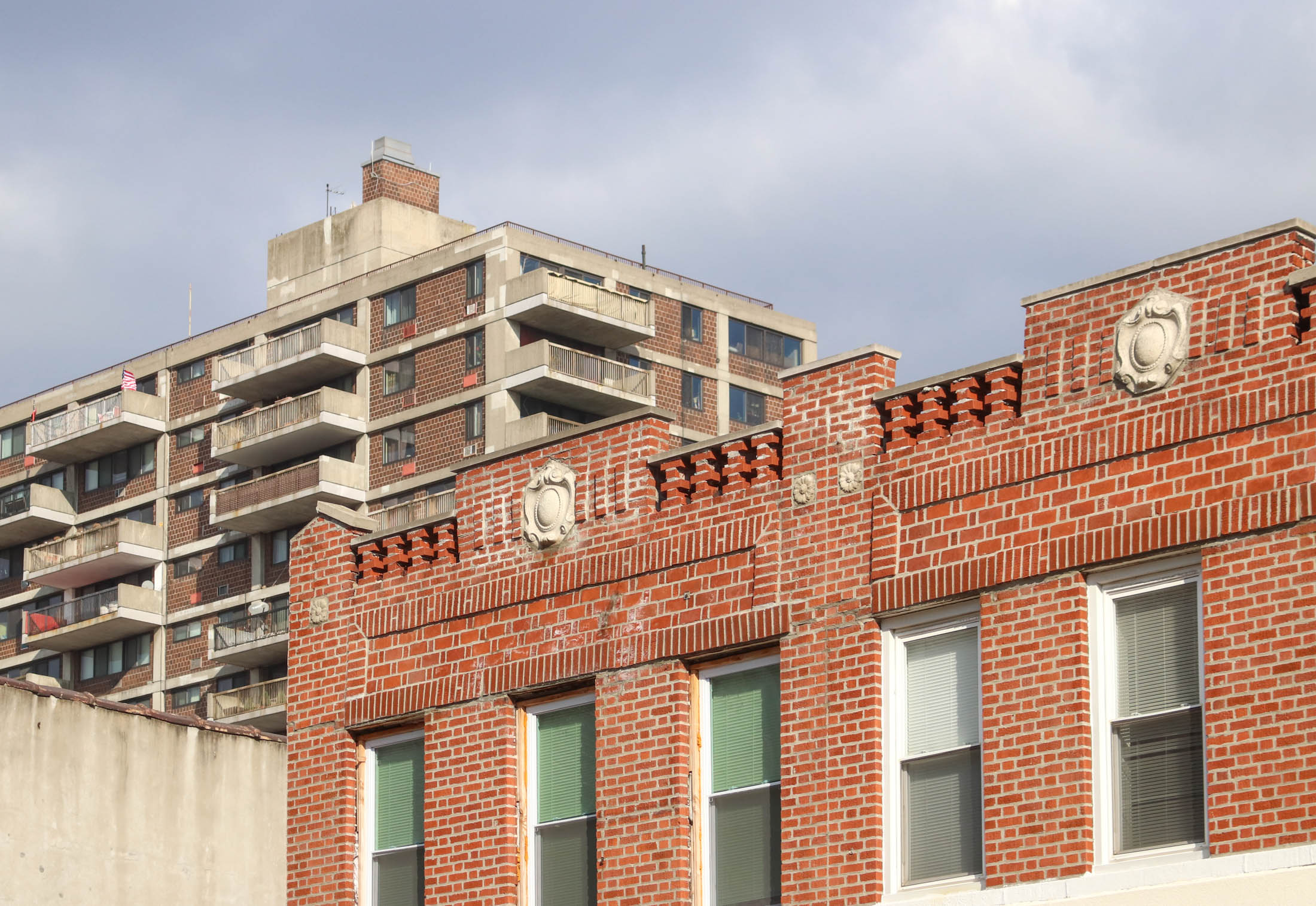Little Boxes, Big Slums
So what happens when McMansions all over the country are downgraded in status and price to the dollar menu? According to an article in The Atlantic, it means we’re witnessing a huge shift in where Americans are choosing to live. The piece, by Brookings Institution fellow/Arcadia Land Company honcho Christopher B. Leinberger, racks up fact…


So what happens when McMansions all over the country are downgraded in status and price to the dollar menu? According to an article in The Atlantic, it means we’re witnessing a huge shift in where Americans are choosing to live. The piece, by Brookings Institution fellow/Arcadia Land Company honcho Christopher B. Leinberger, racks up fact after fact to support the theory that the suburbanization of the U.S. has run its course:
For 60 years, Americans have pushed steadily into the suburbs, transforming the landscape and (until recently) leaving cities behind. But today the pendulum is swinging back toward urban living, and there are many reasons to believe this swing will continue. As it does, many low-density suburbs and McMansion subdivisions, including some that are lovely and affluent today, may become what inner cities became in the 1960s and ’70s—slums characterized by poverty, crime, and decay.
Leinberger argues that as cities have increased in cachet over the past decade or so, builders have gone gangbusters on the suburbs, leading to overdevelopment in non-urban areas and huge price premiums in our cities. One demographer he cites forecasts a “likely surplus of 22 million large-lot homes forecasts a likely surplus of 22 million large-lot homes (houses built on a sixth of an acre or more) by 2025—that’s roughly 40 percent of the large-lot homes in existence today.” There are plenty of good reasons to believe cities—and manufactured, urban-esque “lifestyle centers” outside of cities that include walkable streets and retail clusters—will only continue to grow in popularity. For example, Leinberger notes that by 2025 there will be an equal number of single-person households as families with children. The whole article is well worth a read, though it oddly doesn’t address the possible racial ramifications of a suburbia-as-slum/cities-of-gold cultural shift. Still and all, it’s a sobering look at how the McMansion developments of today may be the poverty-stricken badlands of tomorrow.
The Next Slum? [The Atlantic]
Photo by bob.





if brooklyn is a suburb what does that make new jersey????!
i guess i don’t want to know.
sounds pretty bad.
2:45…
The reason Brooklyn has become so attractive to so many people is because its economic and cultural relationship to Manhattan lessens with each passing year. More and more people I know who move to Brooklyn say they have NO reason to go to Manhattan and wish they worked in Brooklyn because it has everything they need. I feel the same.
Brooklyn is a wonderful city, and would be a wonderful city, if Manhattan were not so close. It would, in my opinion, be one of the top 10 cities in the U.S. if Manhattan did not exist.
Brilliant 2:35 – so what are you advocating – energy inefficient housing???
We get it – you like Brownstones better, but everyone isnt going to be able to live in a 150yr old structure.
So short of condemning everyone who doesnt live in a Brownstone, what do you propose to deal with the problems of sprawl and pollution?
Brooklyn serves primarily as a bedroom community for Manhattan. What little economic activity it has is almost totally to serve local residents.
Size doesn’t make a suburb. Economic and cultural relationship to the urban center is what matters.
That’s not the point, 2:38.
At all.
Calling Brooklyn a suburb is asinine.
Well cities like Houston and Phoenix are actually built to a density that is more akin to NYC’s near suburbs then in a dense manner and much of Southern Brooklyn is decidedly suburban sprawl.
“New construction is incredibly energy efficient.”
You will find out in 10-20 years that this energy efficiency is causing indoor air quality to be more deadly than outdoor air quality, which includes pollution, smog, co2, etc.
Another example of your incredible ignorance.
“Brooklyn is a suburb of Manhattan”
Brooklyn would be the 4th largest city in the country. So by definition you are saying Seattle, San Francisco, Houston, Dallas, Philadelphia, Boston, San Diego, Phoenix, Detroit, Baltimore, Washington and Miami are all suburbs…
You’re not really that dumb are you?
New construction is incredibly energy efficient. You spend less to heat a large, well insulated suburban house than an old, drafty brownstone.
Brooklyn is a suburb of Manhattan, but some Brooklynites can’t bring themselves to admit it.
I have no interest in moving to the suburbs, but the constant need on this board to trash other people’s lifestyles, neighborhood choices, etc. is pretty damn remarkable. Insecure much?